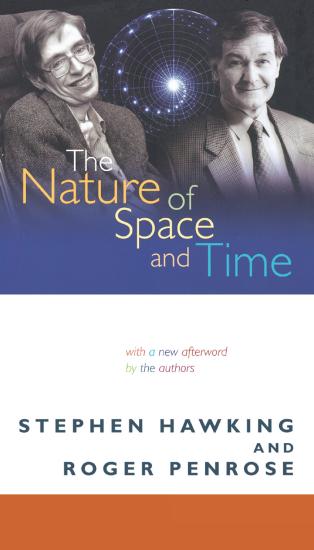
Rating: Not rated
Tags: Physics, Lang:en
Summary
Einstein said that the most incomprehensible thing about
the universe is that it is comprehensible. But was he
right? Can the quantum theory of fields and Einstein's general
theory of relativity, the two most accurate and successful
theories in all of physics, be united in a single quantum
theory of gravity? Can quantum and cosmos ever be
combined? On this issue, two of the world's most famous physicists -
Stephen Hawking (A Brief History of Time) and Roger Penrose
(The Emperor's New Mind and Shadows of the Mind) - disagree.
Here they explain their positions in a work based on six
lectures with a final debate, all originally presented at the
Isaac Newton Institute for Mathematical Sciences at the
University of Cambridge. How could quantum gravity, a theory that could explain the
earlier moments of the big bang and the physics of the
enigmatic objects known as black holes, be constructed? Why
does our patch of the universe look just as Einstein
predicted, with no hint of quantum effects in sight? What
strange quantum processes can cause black holes to evaporate,
and what happens to all the information that they swallow?
Why does time go forward, not backward? In this book, the two opponents touch on all these
questions. Penrose, like Einstein, refuses to believe that
quantum mechanics is a final theory. Hawking thinks
otherwise, and argues that general relativity simply cannot
account for how the universe began. Only a quantum theory of
gravity, coupled with the no-boundary hypothesis, can ever
hope to explain adequately what little we can observe about
our universe. Penrose, playing the realist to Hawking's
positivist, thinks that the universe is unbounded and will
expand forever. The universe can be understood, he argues, in
terms of the geometry of light cones, the compression and
distortion of spacetime, and by the use of twistor theory.
With the final debate, the reader will come to realize how
much Hawking and Penrose diverge in their opinions of the
ultimate quest to combine quantum mechanics and relativity,
and how differently they have tried to comprehend the
incomprehensible. In a new afterword, the authors outline how recent
developments have caused their positions to further diverge
on a number of key issues, including the spatial geometry of
the universe, inflationary versus cyclic theories of the
cosmos, and the black-hole information-loss paradox. Though
much progress has been made, Hawking and Penrose stress that
physicists still have much farther to go in their quest for a
quantum theory of gravity.